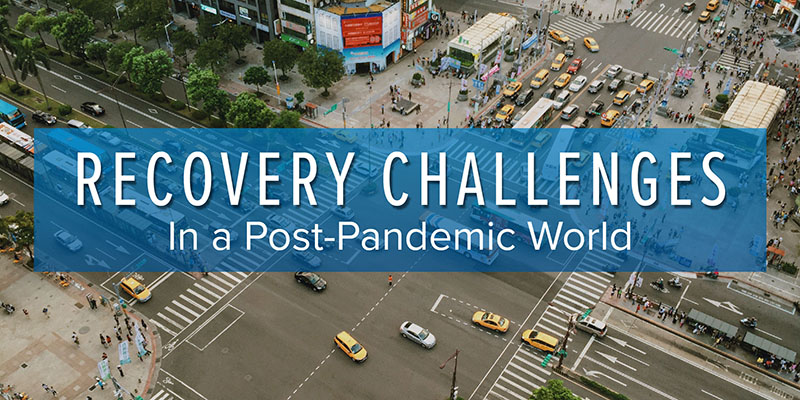
Recovery Challenges in a Post-Pandemic World
Emerging from the fear and panic of COVID-19, we find ourselves staring down the red-hot barrel of a post pandemic world. Inflation, material supply shortages and stubborn unemployment issues are present everywhere. The American economy is under strain, but for many in those industries who were struggling long before the scourge of COVID-19, these issues are proving to be overwhelming. Nowhere can this be seen more dramatically than the repossession industry, and for lenders, this thinner stressed industry poses new risks requiring even greater recovery management than before.
During the peak of the pandemic, the industry experienced repossession moratoriums and lockdowns while lenders offered borrowers record numbers of loan deferments and modification. With an inconsistent patchwork of state and municipal moratoriums in place, many agencies were shut out of the major markets where most of their recovery work came from. Existing primarily on voluntary repossessions and impound recoveries, it was initially estimated that anywhere from 20%-50% of the repossession industry would be forced to close its doors. Fortunately for some, Federal PPP loans helped, but not nearly enough to keep the majority from having to layoff trained staff and cut corners to stay afloat.
This pressure lead, in some cases, to lapsed insurance policies and this was not always visible to the lender or forwarder. In other cases, some agencies whose policies had not lapsed by failure to pay premiums, chose to reduce coverage levels, again often unnoticed, leaving both themselves and lenders at risk. Low recovery volume, coupled with stagnant recovery fees absent ancillary fee income derived from storage, delivery, and personal property fees, only added to the misery of many agencies.
The aftermath of this pandemic has illuminated weakness in some elements of the greater national repossession industry network. Even for the strongest and most stable of companies, rehiring trained and laid off or new repossession agency staff to resume operations has proven to be a challenge. Fuel being the largest agency expense, has seen a 14% increase since the pre-pandemic months and is exerting additional pressures on an already struggling industry. For the most financially compromised agencies, these external factors, coupled with pre-pandemic financial stress issues, are forcing many of these agencies to continue pandemic era cost cutting in areas as critical as compliance, training and maintaining recovery equipment if safe operating condition.
The health of the national repossession agency network and lender’s access to timely and professional collateral recovery is of the utmost importance to us at Resolvion. Already we’ve seen agency consolidation to reduce market competition and, ultimately, higher prices. This may well put additional pressure on sub-prime lenders whose business model counts on low recovery fees.
The post-pandemic repossession industry is one loaded with increased risks and a reduced network to choose from. As a lender, this poses options to consider.
- increase staff and man hours to better track, manage and negotiate this new landscape.
- change nothing and hope for the best.
- or, work with a professional national repossession management company.
At Resolvion, we manage one of the largest and most compliant repossession agency networks in the nation. Our agent compliance program manages all the insurance, licensing, and industry compliance tracking for you. We scorecard all our agents to assure that your recovery times and ratios are amongst the best in the industry, all the while assuring that your recovery fees are fair and reasonable.
